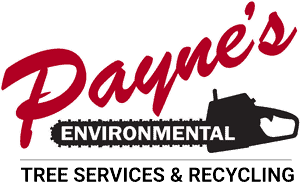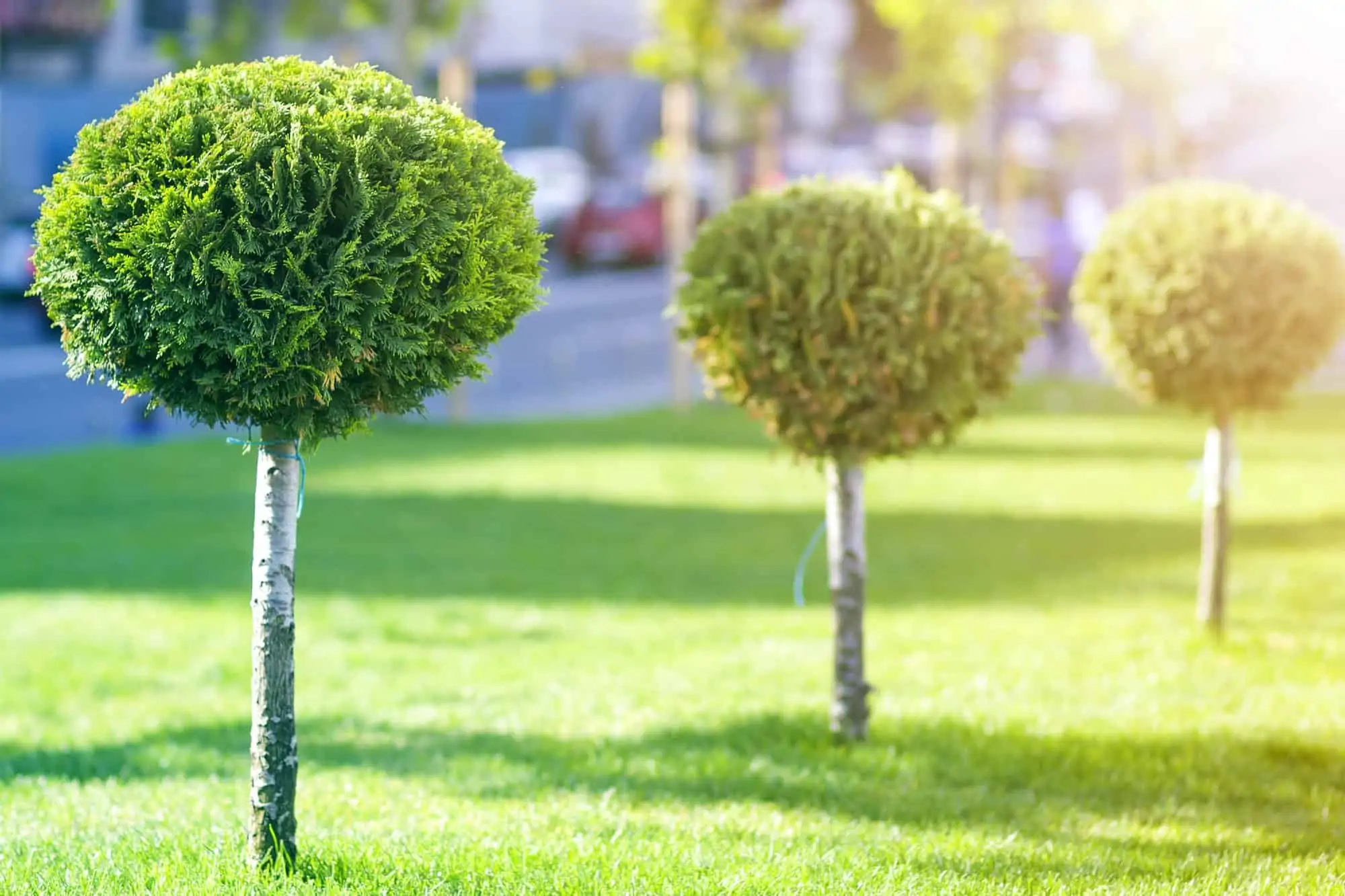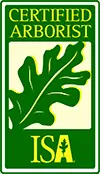Property owners prune trees to maintain and enhance the shape and appearance of their woody plants as well as to promote healthy growth. While it can make significant differences to the appearance of your trees and shrubs, pruning focuses on their future health.
While a lot of home and commercial property owners consider pruning their trees, they are unaware of the correct ways, methods, and time to do so. In this post, we will discuss why and how you need to prune your trees as well as the best time to do so.
What is Pruning?
Simply put, the process of pruning trees and shrubs involves measured removal of a plant’s different parts. These can be stems, branches, and even flowers. It is one of the most common tree maintenance procedures as it promotes healthy growth, so your trees and shrubs look vibrant and tidy.
Landscape trees, such as the ones in yards and on commercial properties, need a high level of care and maintenance. This is especially important for aesthetics and structural integrity. Since trees do not receive the same kind of environmental conditions in residential and commercial areas, pruning your tree can help it grow healthier.
Why is it Important to Prune Your Trees?
While people have different reasons for pruning their trees, pruned trees look and perform better than the ones with overgrowth. While trees still grow and thrive without pruning, doing so can help them reach their full potential and increase their longevity. But, before you learn the correct way to prune trees, you should understand its positive effects.
Lower Risk of Diseases
When diseased and dying branches remain a part of the tree, they can cause the entire tree to grow in an awkward manner. So, it is best to prune any such branches that can be harmful to the tree and other adjoining plants.
More Light and Air Exposure
Pruning can also open up the tree canopy. This allows the entire tree to access light and air. More light and air can promote increased foliage and reduce the risk of any disease. Well-pruned branches always result in stronger and healthier trees and shrubs.
Safe Environment
While this reason is not always considered, safety concerns are a good enough reason to prune your trees. Branches and shrubs may start growing in various unwanted directions at times. They may start pushing towards infrastructure and utility wires, posing serious dangers.
Not to forget, loose and broken branches can also be hurt people as these can fall down at any moment. Pruning your trees creates a safe environment for you and the humans around you. So, make sure branches from your trees are not too close to electrical lines, safety lights or are blocking traffic views.
Pruning is also crucial before hurricane seasons. Thinning out the branches and removing dead limbs can prevent heavy branches from falling on people and property during storms and heavy rains.
Better Health
As the name suggests, suckers can be an energy drain for the trees. These longer shoots tend to grow from the roots or the base of the trees. Suckers steal and use up nutrients from the tree, weakening its health and immunity. You must prune these shoots as close to the base as you can so as to stop them from using up nutrients.
Improved Shape
On the other hand, you should also be quick to prune any water sprouts when you see them growing right out of the main branches. Doing so helps guide the growth pattern and shape of your tree and prevents the chafing or overlapping of branches.
High Yield
Pruning your tree can promote its growth and longevity. A lot of people choose to prune their flowering plants for increased yield of flowers and fruits. It can also improve the quality and taste of fruits.
However, pruning to encourage flower and fruit growth can be a difficult chore. For example, you will need to make small and precise cuts during every season of plant dormancy, so your fruit tree gives a bigger yield. On the other hand, you will need to carefully remove each spent flower from your rose plant for your tree to produce better quality flowers.
Get Your Fast and Free Tree Service Estimate.
No Obligations. Residential or Commercial.
How to Correctly Prune- Step-By-Step Guide
While it is a common tree maintenance technique, it is also a rather difficult one. Most people find it hard to prune their trees properly. Not to forget, improper pruning can end up having adverse effects on the health and shape of your plants. This means adequate knowledge about plant biology is necessary if you don’t want to end up causing lasting damage to your plant or shorten its life span.
Trees
Woody plants need a little pruning once they have set their roots in the ground. But even so, your tree will need pruning in many instances. For example, you may see a breaking or infected branch that needs immediate removal. Correctly pruning your tree is important to ensure better tree health.
- Make sure you prune the side branches towards the trunk or main branch. Leave out the collar while you’re at it. A collar is the stub of the branch that looks like a raised branch around the base of the branch. The branch will heal properly and speedily when you leave the collar intact.
Larger Limbs
By large limbs, we mean branches that are over 1 to ½ inches in diameter.
- Make a 3-part cut with the help of a pruning saw or bow saw.
- Make your first cut under the branch. This should be at a distance of 6 to 12 inches from the tree’s trunk. You must only cut 1/3 through the branch.
- Towards the end of the branch, go for a second cut. This should be about 3 inches away from your first cut. The branch will fall as you make the cut.
- Now, cut away the remaining stub back to the collar of the branch
For smaller limbs, a hand pruner or pruning saw to cut back outward-facing bud intersecting branches.
Shrubs
When you’re pruning any shrubs, try and go with the natural shape of your plant. You can do this by removing branches individually. You can use hand pruners or loppers to remove damaged, crossing, crowded and dead branches back towards the branch of the plant.
- Cut back facing-out buds away from the trunk.
- Leave ½ inches of space between the bud and your cut.
- Cut a slanting-down angle away from the bud.
Wrap-Up
Pruning is a challenging task that can also cause damage to the health of a tree. It is best to hire a tree-services providing company like Payne’s Environmental Services to get your desired results. Or, you can give us a call at 813-677-6822.




